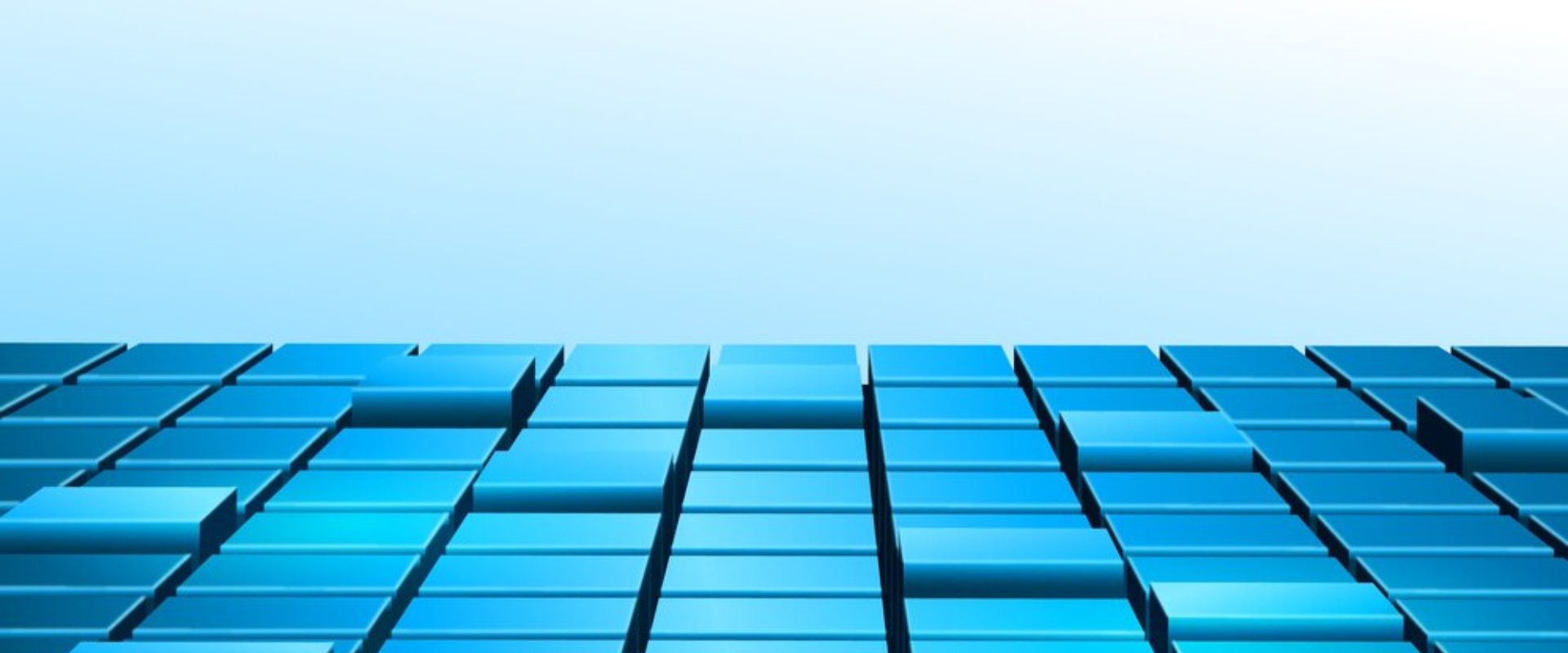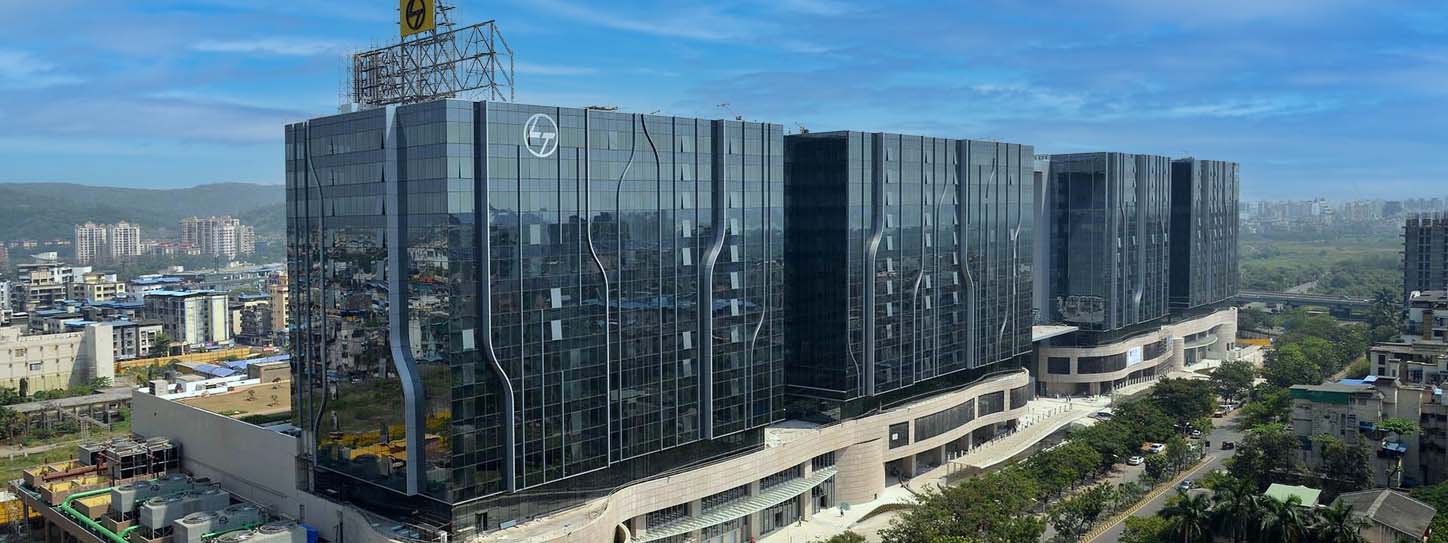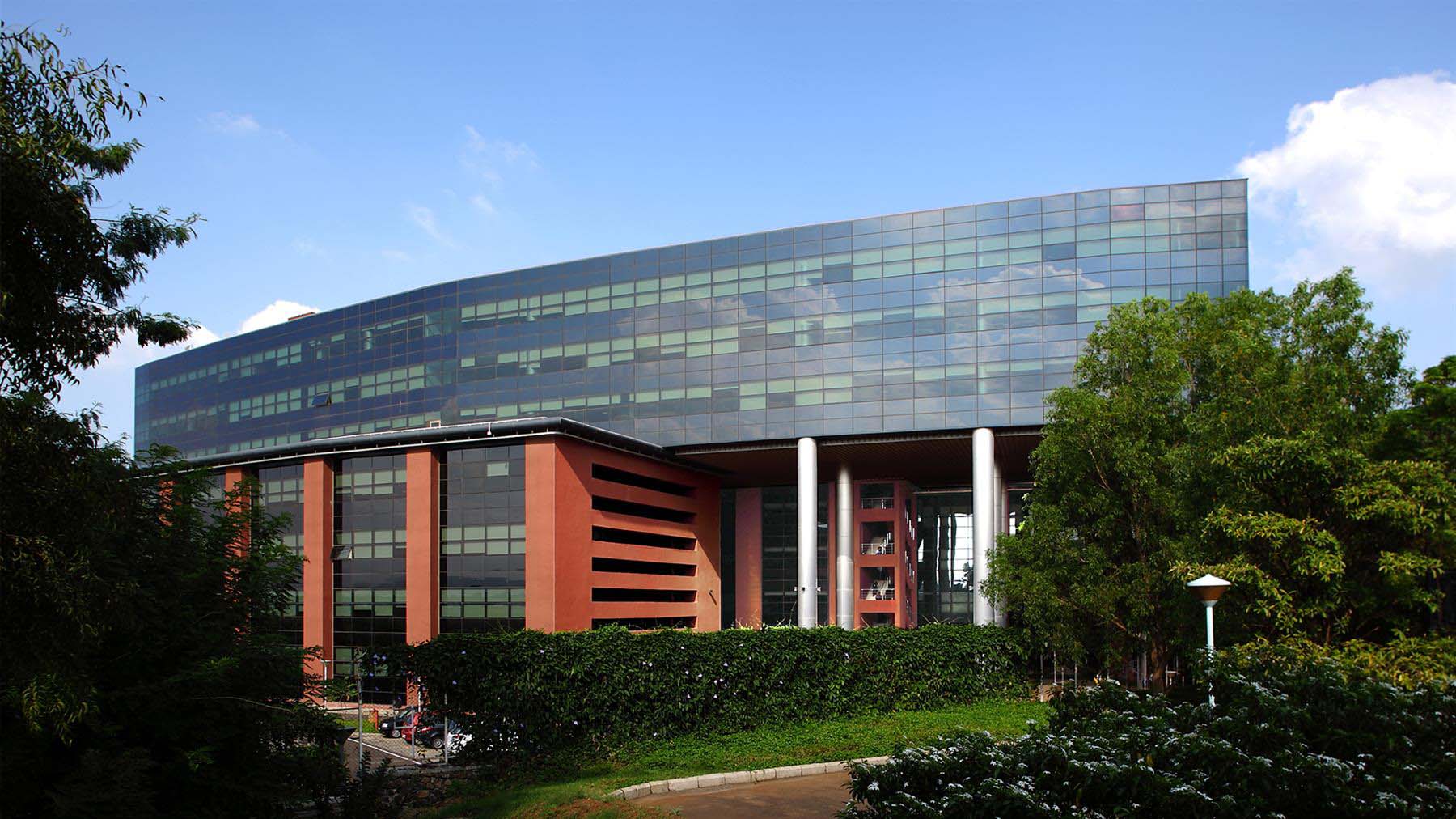Low-emissivity (Low-E) glass is a type of energy-efficient glass that has been coated with a microscopically thin, transparent layer that reflects heat. This type of glass is designed to reduce the amount of ultraviolet (UV) and infrared light that passes through it, without compromising the amount of visible light that enters your space. The benefits of Low-E glass are extensive, impacting everything from energy savings to comfort and aesthetic appeal. This blog explores the key benefits of Low-E glass and why it is an excellent choice for your home or business.
Key Benefits of Low-E Glass:
1. Energy Efficiency
Low-E glass significantly improves the energy efficiency of windows by reducing heat loss in winter and minimizing heat gain in summer. Here’s how it helps:
- Insulation: The Low-E coating reflects interior heat back into the room during winter, reducing the need for additional heating.
- Solar Control: In summer, it reflects the sun’s heat away, keeping interiors cooler and reducing the reliance on air conditioning.
- Cost Savings: By enhancing the insulating properties of your windows, Low-E glass can lead to substantial savings on heating and cooling costs.
2. Comfort
Improved thermal performance leads to enhanced comfort in both residential and commercial spaces:
- Consistent Temperatures: Low-E glass helps maintain a more consistent indoor temperature, preventing cold spots near windows in winter and excessive heat in summer.
- Reduced Drafts: By minimizing heat transfer, Low-E glass helps reduce drafts, making indoor environments more comfortable.
3. UV Protection
Low-E glass blocks a significant portion of harmful UV rays:
- Protects Interiors: By blocking up to 99% of UV rays, Low-E glass helps prevent fading and damage to furniture, flooring, and artwork.
- Health Benefits: Reducing UV exposure can also protect occupants from the harmful effects of UV radiation, such as skin damage and eye strain.
4. Reduced Condensation
Condensation on windows can lead to mold growth and damage to window frames. Low-E glass reduces condensation by maintaining warmer interior glass surfaces:
- Enhanced View: Reduced condensation means clearer views and less frequent cleaning.
- Health and Maintenance: Helps maintain healthier indoor air quality by minimizing mold growth and reduces maintenance efforts and costs.
5. Environmental Impact
Using Low-E glass contributes to environmental sustainability:
- Reduced Energy Consumption: Lower energy use for heating and cooling reduces greenhouse gas emissions, helping to combat climate change.
- Sustainable Building: Low-E glass is a key component in green building practices and can contribute to achieving energy efficiency certifications such as LEED.
6. Aesthetic Appeal
Low-E glass offers aesthetic benefits without compromising functionality:
- Natural Light: Maintains high levels of visible light transmission, ensuring bright and welcoming interiors.
- Design Flexibility: Available in various tints and coatings to match different architectural styles and preferences.
Technical Aspects of Low-E Glass
Understanding the technical aspects of Low-E glass can help you make an informed decision:
- U-Value: Indicates the rate of heat transfer. Lower U-values represent better insulation properties.
- Solar Heat Gain Coefficient (SHGC): Measures how well the glass blocks heat from sunlight. Lower SHGC values indicate better solar control.
- Visible Light Transmittance (VLT): The percentage of visible light that passes through the glass. Higher VLT values mean more natural light.
- Emissivity: Indicates the efficiency of the Low-E coating. Lower emissivity values represent better performance in reflecting heat.
Applications of Low-E Glass
Low-E glass is versatile and can be used in various applications:
- Residential Windows and Doors: Enhances energy efficiency and comfort in homes.
- Commercial Buildings: Reduces energy costs and improves indoor climate control in offices, retail spaces, and hotels.
- Skylights: Provides natural light while minimizing heat gain or loss.
- Facades and Curtain Walls: Improves energy performance and comfort in large buildings.
- Automotive Windows: Enhances comfort and reduces energy consumption in vehicles.
Low-E glass is a highly beneficial choice for enhancing energy efficiency, comfort, and protection in both residential and commercial settings. Its ability to reduce energy costs, improve indoor comfort, protect against UV damage, and contribute to environmental sustainability makes it a smart investment for any building project. Whether you’re looking to retrofit existing windows or specify glazing for new construction, Low-E glass offers a versatile and effective solution.
FG Glass: Your Partner in High-Quality Low-E Glass Solutions
At FG Glass, we offer a comprehensive range of Low-E glass products that meet the highest standards of performance and durability. Our solutions are designed to enhance energy efficiency, comfort, and protection in various applications. Discover how FG Glass can help you achieve your energy efficiency goals with our innovative Low-E glass products. For more information, visit fgglass.com.

You might also like
Feb 21, 2022 by TARIQ KACHWALA
Feb 21, 2022 by TARIQ KACHWALA
Feb 23, 2022 by TARIQ KACHWALA









